Zone 51: Where the US is prohibited, UFOs are hidden? The truth makes the world shudder

3 | 0 Discuss | Share
With eyes full of mystery and a look no one could explain. The Sphinx's eyes stared out into the desert with a smug expression.
Egypt is famous and attracts tourists not only by its pyramids but also by its mythological works. One of them is the large sphinx statue The Great Sphinx in Giza.
The Sphinx symbolizes strength and wisdom
In Greek, "Sphinx" means "Stranger", so in their opinion, the sphinx represents a dangerous, evil force. Contrary to the view of the Greeks, the Egyptian sphinx had a male head, symbolizing strength and wisdom, often placed at the entrance of temples, pyramids as guardians. door.
The Great Sphinx is located on the Giza plateau, on the west bank of the Nile, 10km from Cairo. The statue is more than 18 meters high and stretches to 57 meters, the face is 5 meters wide, at 1.57 meters, the nose is 1.7 meters. The rulers of Egypt considered it a symbol of the sun god, hence the name "Hor-Em-Akhet", which means Horus of the Horizon. The Sphinx belongs to part of the ancient city of Memphis, a place considered to be the seat of power of the Pharaohs, not far from the three great pyramids including - Pyramid of Khufu (Cheops), Khafre (Chephren) and Menkaura (Mycerinus).
The Sphinx is thought to have existed for at least 5,000 years! Why did people design this statue? One proof that I have comes from finding a shrine lying between the legs of this monster. This small shrine has the writings of two ancient Egyptian emperors. The two explained that the Sphinx represented one of the forms of the sun god Harmachis. And the two also said that the purpose of making the Sphinx statue is to banish all evil and evil from the cemetery around the pyramid.
In Egypt there are many Sphinx statues, in addition to the large Sphinx in Giza. The head of the icon represents the emperor. In the Egyptian holy books, Sphinx means "king". To the primitive religions in Egypt as well as elsewhere, the king is seen as the strength and wisdom of many beasts by taking on their guise. So the Egyptians touched their gods and emperors half-human, half-animal.
The concept of the Sphinx passed from Egypt to other civilizations, such as Assyria and Greece. In these regions, Sphinx often have extra wings. In Assyria the Sphinx was usually a man, but in Greece the Sphinx had a female head.
The ancient Greeks thought that the word Sphinx came from a Greek word meaning "to restrain" (sphingein). But it is possible that its true origin may be from the Egyptian shesep ankhi (animated image), another name for sculptures and sometimes for the Great Sphinx.
The Legend of the Sphinx
The image of the Sphinx appeared not only in the Egyptian civilization but also in Greek mythology, this is a mascot with the body of a lion, the head of a human and the wings of a bird. The most famous sphinx in Greece was the one who used to be the gatekeeper to the city of Thebes.
Legend has it that the Sphinx is a demon of an ancient era, living on the outskirts of Thebes, Egypt, is a monster born of the giant Typhon and the snake youkai Echidna. Although it has a human-shaped head, the body is a lion and has more wings. He had studied under the goddess of wisdom, Musi, so he was very brave, but had a ferocious personality, and liked to eat people. In order for the person who was eaten by it to be submissive, it often stood waiting at the door of the forest, next to the mountain, forcing passersby to guess the riddles it gave, if it could not answer, it would be immediately rejected by it. tear the corpse.
One day, the son of the king of Egypt was also forced by the Sphinx to solve a puzzle. Because he failed to guess the puzzle, he became a delicious bait in the mouth of the Sphinx. When the king heard the news, he was very merciful, so he issued an order to the whole country and announced to the neighboring countries: Whoever can subdue the Sphinx, so that it does not harm anyone anymore, he will give the throne to the king and queen. His beauty also became the hero's wife.
There was a young Greek man on the other side of the sea named Oedipus who was brave and wise, and when he heard the news, he immediately crossed the sea, peeled off the king's notice, and determined to find and destroy the Sphinx.
When it came to see the Sphinx, it did present a puzzle that Oedipus had to solve:
"Guess what, what animal walks on four legs in the morning, two legs at noon, and three legs at night. Among all species, it is the only animal that walks the road at different times, using different steps. When it travels a lot, is the speed and strength at its lowest?"
After saying that, the Sphinx casually smiled mysteriously. After that, it quietly waited for the answer of the unfortunate young man who came to find him. Unexpectedly, Oedipus didn't need to think any more, immediately replied:
"That's human! When they were young, the morning of life, children who had just learned to walk had to crawl with their hands and feet, isn't that on four legs. At this time, although they have to use many legs, speed and strength are the smallest. Then grow up in adulthood, which is also the noon of life, walk on two legs. In old age, the body is weak. isn't that three legs!"
That was the correct answer, so the enraged Sphinx jumped down from the rock and died. Other sources say that: because the Sphinx is a student of the goddess of wisdom! The goddess once said that if anyone solves the puzzle of the Sphinx, the Sphinx will die!
Over the centuries, the secret of the Sphinx (Sphinx with a human face, a lion's body) in the Giza plateau, Egypt, has not been found satisfactorily. Who built the statue, why did it, and what does the statue mean? Recently, Egyptologist Vassil Dobrev of the French Archaeological Institute in Cairo said he had revealed the secret to the statue, after 20 years of his research.
The Sphinx's nose
After gaining power in France and claiming hegemony in Europe, Napoleon began to look to the territory of Africa. The French army began to land on the shores of Alexandria and headed straight for Cairo in the summer of 1798. But the harsh weather, along with the unfriendly welcome of the natives became a real challenge to the French soldiers. Some clamor for their return, others amuse themselves with excursions to the monument of the Sphinx, one of Egypt's mysterious wonders, which at that time was almost buried under the thick sand. .
These soldiers were accused of knocking off the nose of the Sphinx. Some historians believe that they used this sacred symbol as a shooting target. But studies by Frederick Lewis Norden show that this nose disappeared about 50 years before Napoleon's army arrived here. It may even have disappeared a few centuries ago.
The absence of a nose is just one of the puzzles surrounding this great statue. The head of the sphinx, clad in a traditional hairstyle, rises more than 20 meters above the ground, lying quietly on the body depicted as a lion with a length of nearly 60 meters. The Sphinx, along with the Pyramids and countless other tombs, are located on the grounds of the City of the Dead - a monumental structure erected by the Pharaohs between 2560 and 2450 BC. original.
It has long been assumed that it was King Khafre of the 4th Dynasty (he built a pyramid behind the Sphinx) who built the statue with his face. However, Mr Dobrev believes the statue, which was made more than 4,500 years ago, was built on the orders of King Djedefre, Khafre's half-brother and son of Khufu, the king who built the Great Pyramid. best in Giza.
After King Khufu died, the people of ancient Egypt were sad, so they built many pyramids over the decades. Dobrev argues that King Djedefre, Khufu's successor, built a sphinx with a face like his father's, identifying him with the sun god Ra, in order to encourage his subjects to always respect the king's reign. Dobrev says this is the first time he has come to the conclusion that the Sphinx was built by King Djedefre after his father Khufu died.
There are many legends associated with the Sphinx, but the most famous is the story of an Egyptian prince named Thutmose. Because of his father's love, Thutmose became a thorn in the eyes of his brothers and sisters. Some even plotted to kill the prince. To be at peace, Thutmose began a life away from home. He spent most of his time in the desert, and is remembered by folk as a strong man who enjoyed hunting and archery. On a fateful hunt, Thutmose went to the Sphinx and prayed. One of the promises the prince made to the sphinx was that if he became the next Pharaoh, he would free the statue from being buried in a sandstorm. At that time, Shinx was buried up to his shoulder by sand.
The wandering prince later became the next ruler of Egypt, and fulfilled his promise to the sphinx. He conducted a large-scale excavation, and gradually excavated the legs of the sphinx. He placed between them a marble stele known as the Dream Stele.
While Monalisa's smile has consumed countless researchers in countless never-ending debates, the Sphinx's austere and enduring expression seems to be the The least talked about of the mysteries surrounding this statue. Most Egyptian historians agree that the face has the closest features to the face of Pharaoh Khafre - which is understandable because it was started during the reign of this king.
Mysteries Discovered
The mystery of the Sphinx has attracted a lot of attention, and at the same time raised countless theories about the statue's supernatural powers. One of them is the road leading to the legendary city of Atlantis. In fact, rumors of this connection have been circulating since Pluto began writing about a utopian society. Around the turn of the 20th century, American psychic Edgar Allan Cayce said that he saw a room inside the Sphinx, which contained the secret of the location of Atlantis. He also predicted that this room would be found in 1998.
There are many legends about different secret passages associated with the Sphinx. Investigations by Florida State University, Waseda University Japan and Boston University revealed many anomalies surrounding the statue.
In 1995, a group of workers renovating a nearby parking lot discovered a series of tunnels and passages, two of which connected underground near the Sphinx. Between 1991 and 1993, while examining the erosion of the Sphinx using seismographs, Anthony West's team found evidence of the presence of voids. shaped like rooms just a few meters below the ground near the base of the Sphinx. However, further study was not allowed.
Nearly all of the inscriptions on the associated stele refer to it as the Terrifying One. The giant Sphinx is associated with the sun god Ra, as well as the god who appears in the form of a jackal, Anubis - the god of the graveyard, the city of the dead. More than 1,000 years after the construction date was accepted, it was excavated and restored for the first time.
Since being discovered by humans, the giant Sphinx has left many imprints with difficult-to-decipher mysteries, causing headaches for generations. Napoleon once stared at the statue and showed real fear, while archaeologists, explorers, historians and tourists have been and are still learning, but it seems that the Sphinx is still one of the works. The most mysterious of the ancient world.
The greatest pharaohs in history 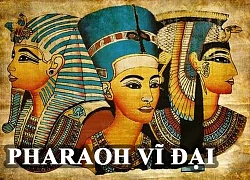 team youtuber16:13:11 11/09/2020Pharaohs often wore a scepter in the shape of a bent one-headed staff, crowned with red and white crowns. The leaders of Upper Egypt wore a white crown, known as the Hedjet crown. The colored crown is both red and white, or the Pschent crown is for the head king of Egypt. In...
team youtuber16:13:11 11/09/2020Pharaohs often wore a scepter in the shape of a bent one-headed staff, crowned with red and white crowns. The leaders of Upper Egypt wore a white crown, known as the Hedjet crown. The colored crown is both red and white, or the Pschent crown is for the head king of Egypt. In...

3 | 0 Discuss | Share
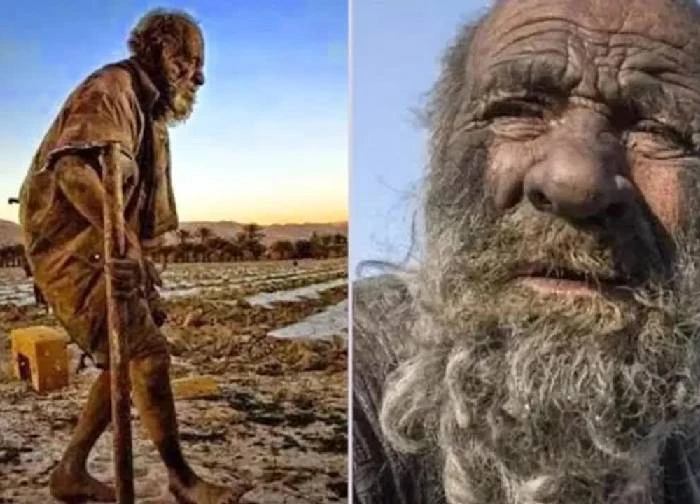
0 | 0 Discuss | Share

0 | 0 Discuss | Share
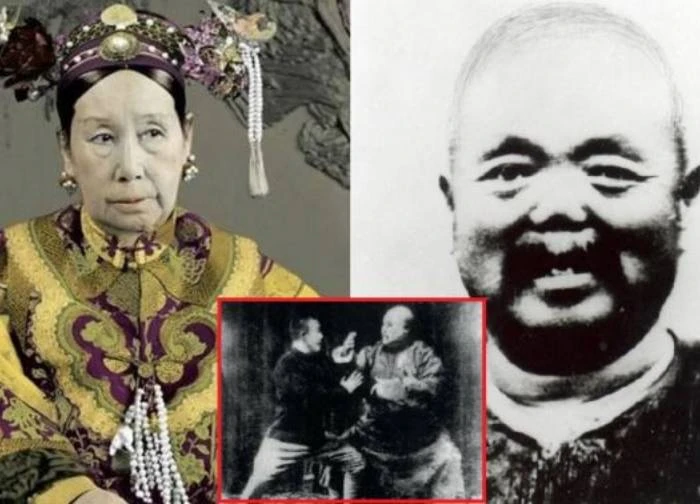
1 | 0 Discuss | Share
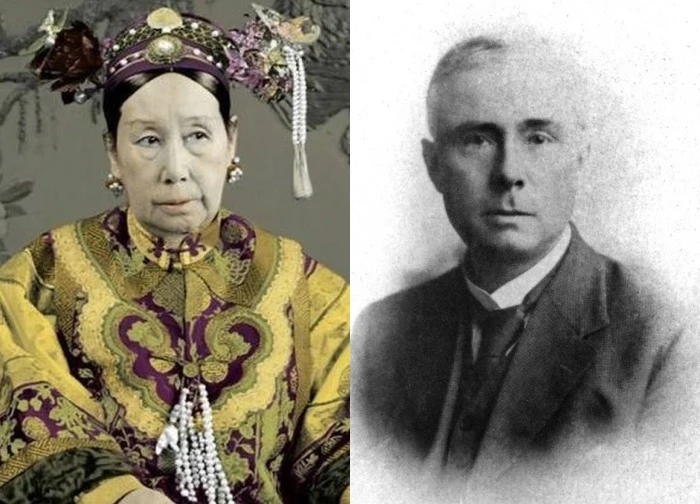
4 | 0 Discuss | Share

4 | 0 Discuss | Share

2 | 0 Discuss | Share

2 | 0 Discuss | Share

4 | 0 Discuss | Share

2 | 0 Discuss | Share
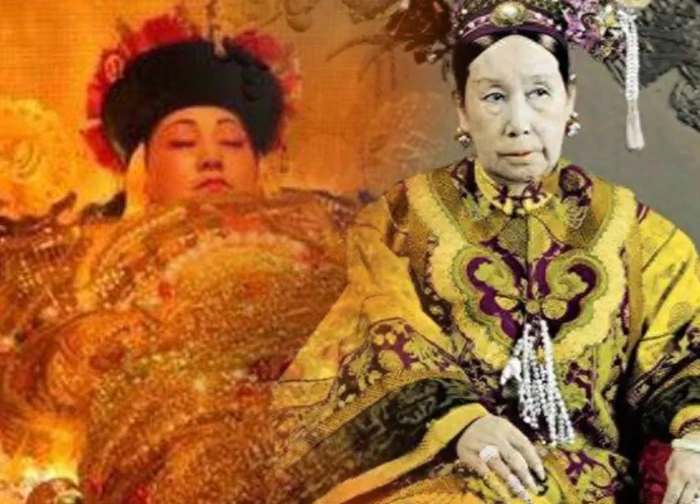
2 | 0 Discuss | Share
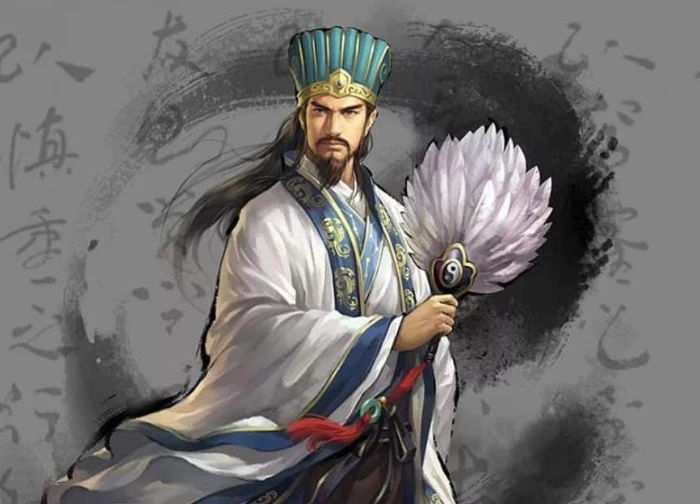
1 | 0 Discuss | Share



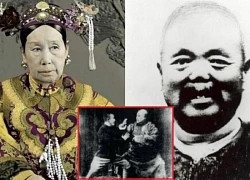
3 | 0 Discuss | Report